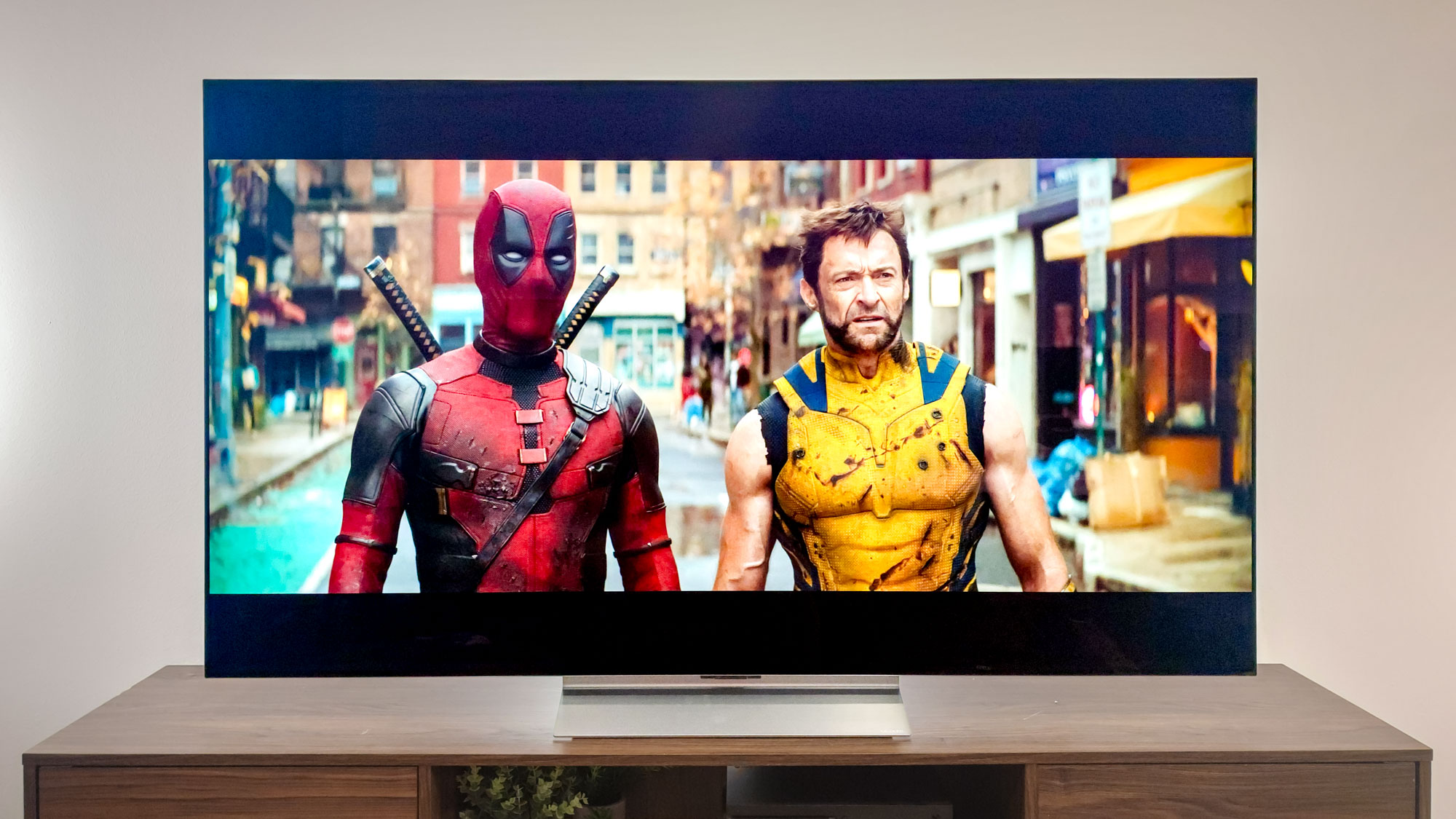iPhone SE (2022) — 5 reasons to buy and 3 to skip
Here's why the new iPhone should be your next device — and why you might want to wait
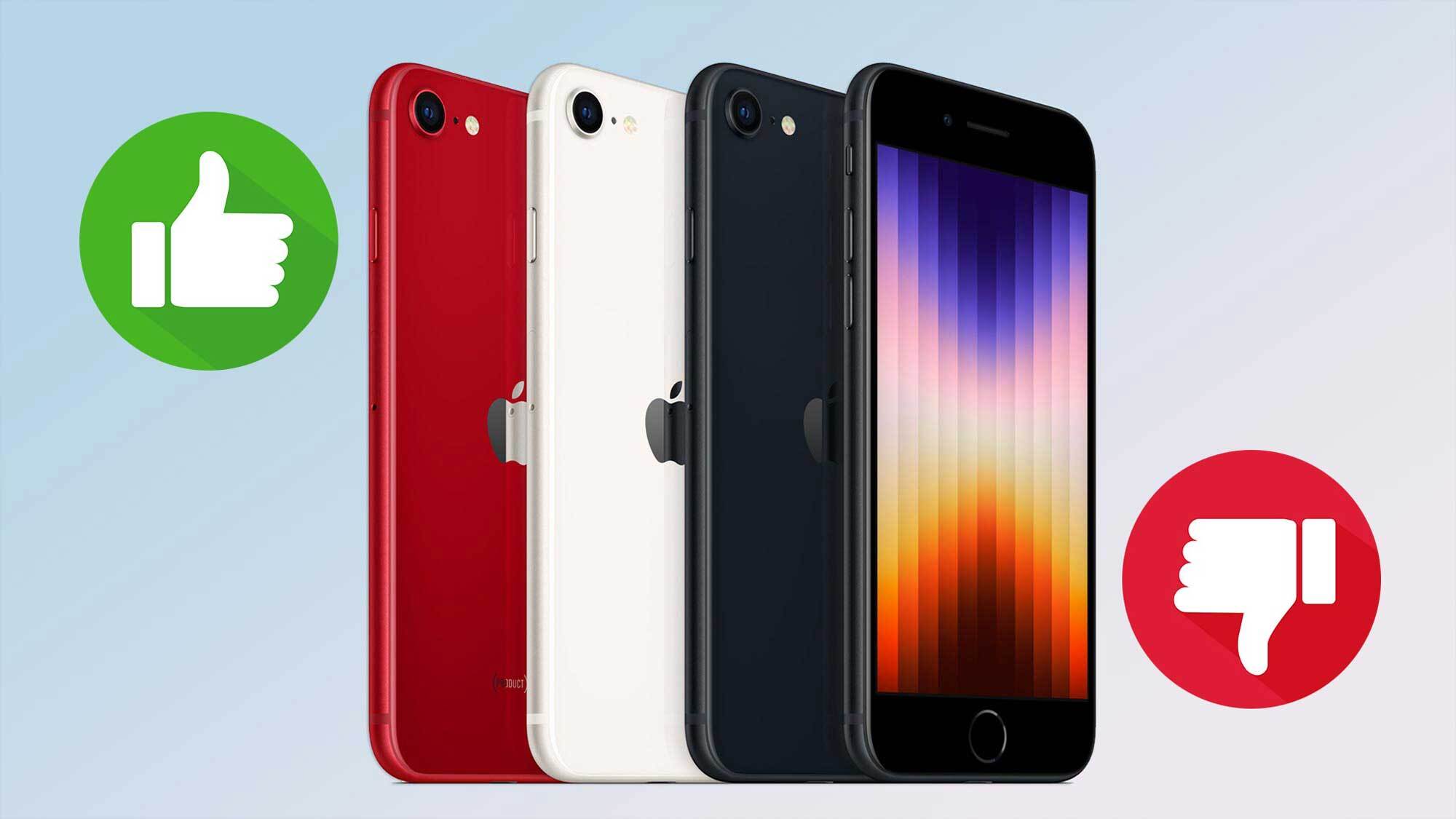
It took Apple four years after the original iPhone SE came out to produce a sequel. We didn't have to wait nearly so long this time around. Just two years since the current iPhone SE debuted, Apple has taken the wraps off the iPhone SE (2022).
Known as the iPhone SE 3 in the buildup to this release, the latest cheap iPhone doesn't usher in a landslide of changes, but the ones that are there are very significant. Apple is equipping the iPhone SE (2022) with a new processor that now offers 5G compatibility and enables improved photo features. At the same time, there are some puzzling absences on Apple's latest iPhone SE.
So should you grab the new phone when iPhone SE pre-orders get underway this Friday (March 11) or when the phone hits store on March 18? The iPhone SE has a pretty loyal fanbase, and this new version can point to a number of appealing factors to justify an upgrade. Then again, there are also some pretty clear red flags for sitting out this phone.
Here's a closer look at the five reasons you should upgrade to the iPhone SE (2022) and three reasons why you may want to skip this version and maybe wait for the iPhone 14 to come out in the fall.
iPhone SE (2022): Reasons to buy
A15 Bionic gives you iPhone 13 power
Apple has stuck to its patten with previous iPhone SE releases for the new model, which means using the chipset that appeared in last fall's flagship iPhone release to power the new budget phone.
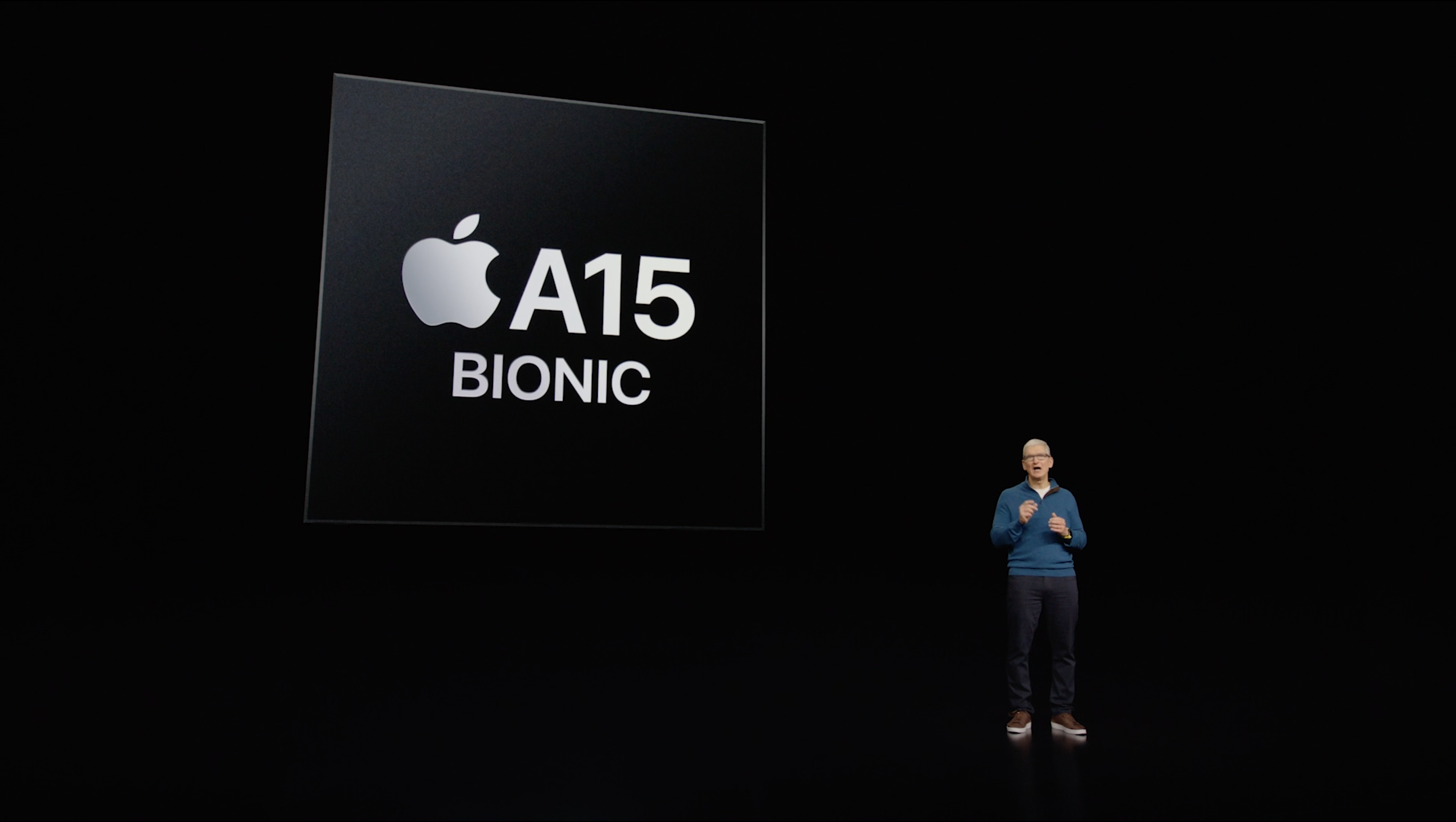
In the case of the iPhone SE (2022), that means the A15 Bionic that debuted with the iPhone 13 lineup is Apple's chipset of choice. That's great news if you place a premium on performance. The A15 Bionic is the best performing mobile silicon we've seen powering a smartphone, and you can now get it in a device that costs less than $450.
Sign up to get the BEST of Tom's Guide direct to your inbox.
Get instant access to breaking news, the hottest reviews, great deals and helpful tips.
To put it another way, you can now buy the least expensive iPhone and have a handset that can handles tasks more quickly than Samsung's $1,199 Galaxy S22 Ultra, at least based on A15 Bionic benchmarks when we tested the chipset inside the iPhone 13 models. And if that's the case, the iPhone SE (2022) is going to blow away the inexpensive Android phones in its price range.
Better camera quality
The A15 Bionic chip does more than just give the iPhone SE a boost when running demanding games or switching between apps. It also powers Apple's superior computation photography. And that's good news since Apple has stuck with a single 12MP camera on the back of the iPhone SE.
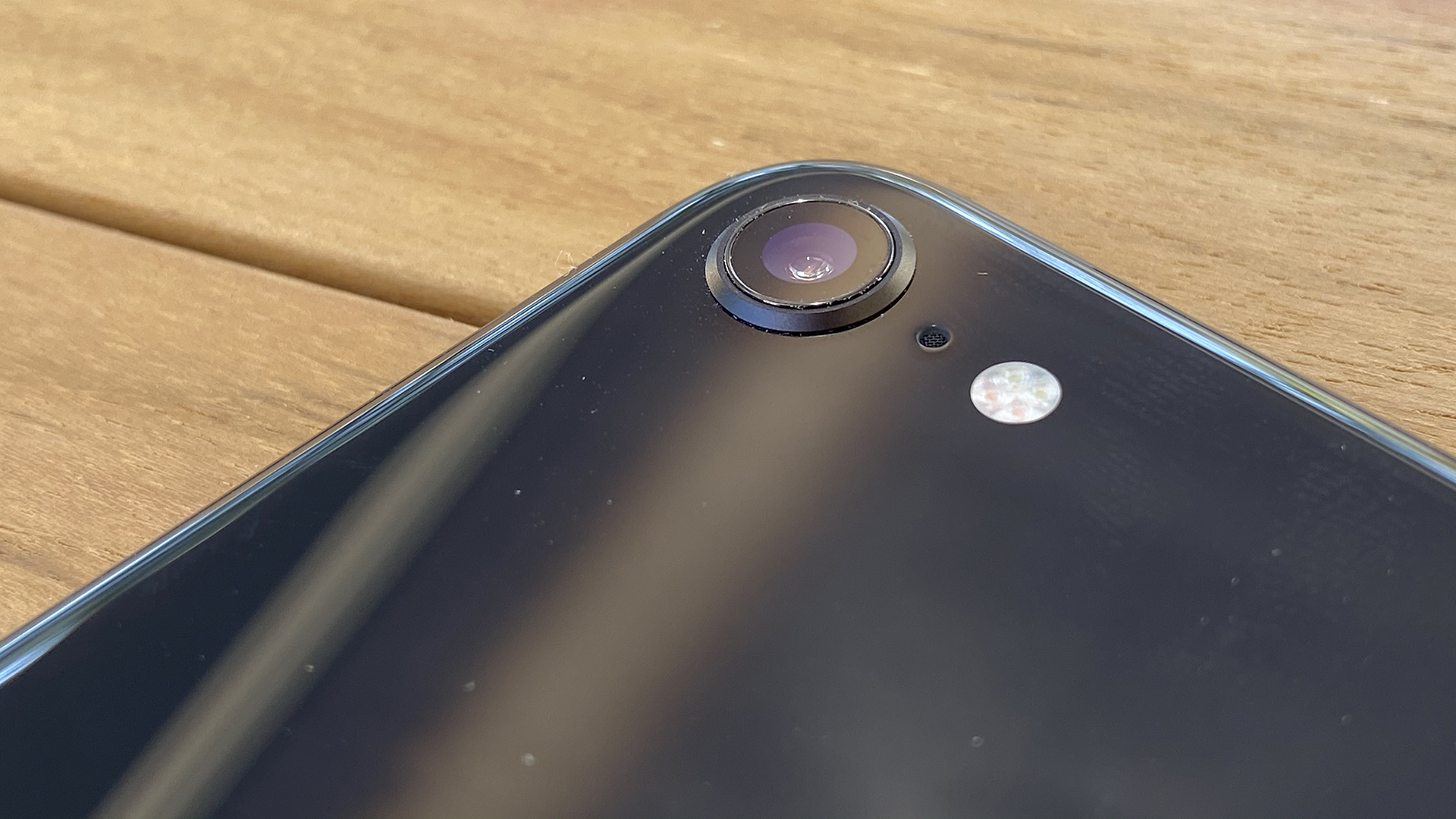
You won't get the kind of photos the iPhone 13 Pro Max and its triple lens array can produce — there's no Cinematic Mode for shifting focus in videos on the iPhone SE (2022), for example — but the new iPhone SE should be able to hold its own against the best camera phones under $500. Thanks to the A15 Bionic, the iPhone SE can support features like Deep Fusion, which uses multiple exposures to pull in more light and color, as well as Smart HDR 4 to make sure that face get the right exposure in difficult light.
We'll see if the iPhone SE (2022) can topple the Pixel 5a as the best low-cost camera phone, but Apple certainly seems confident about its new phone's photographic capabilities.
Longer battery life
Speaking of promises Apple made during the iPhone SE (2022) launch, it didn't escape our attention that the company touted improved battery life for its new phone. That's good because battery life was one of our few disappointments with the previous iPhone SE.
Apple has a track record in this regard, having boosted battery life on the iPhone 13 from some disappointing results with three of the four iPhone 12 models. Then, Apple increased battery size for the iPhone 13 power packs. This time around, apple says it's counting on internal design updates as well as the A15 Bionic's power management features to help the iPhone SE (2022) get through the day on one charge.
5G connectivity
Before the new iPhone SE's arrival, if you wanted a 5G phone from Apple, you had to pay at least $599 — and that only got you a year-old iPhone 12 mini. A 5G-ready iPhone that also boasted more up-to-date specs required you to shell out $699 for an iPhone 13 mini.
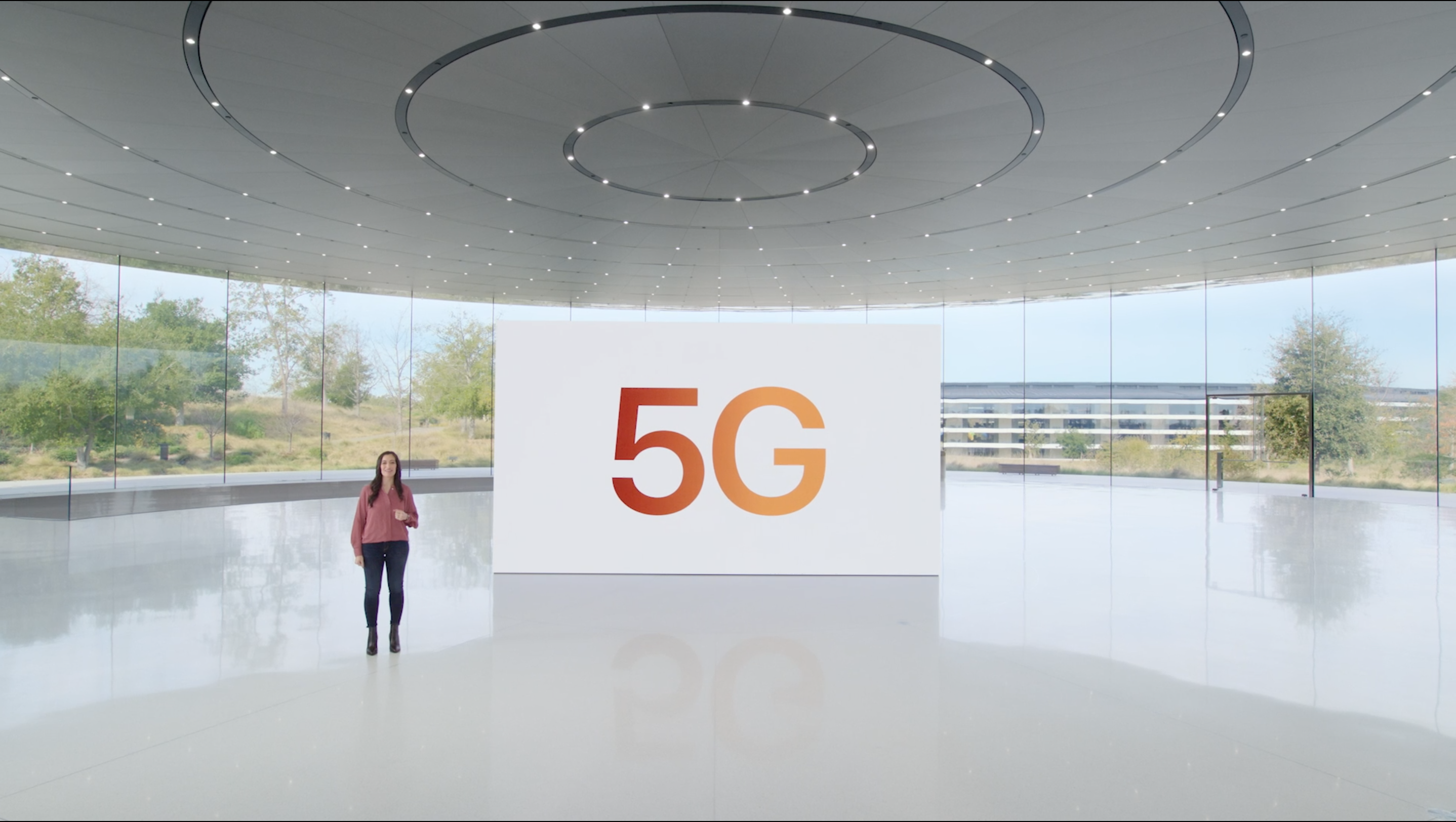
The iPhone SE (2022) lowers the cost of entry for a 5G iPhone to $429. That's significant given that the best 5G phones no longer have to cost an arm and a leg. iPhone sales figures since the iPhone 12's introduction have suggested that Apple customers are ready for 5G phones, and the SE means budget-minded shoppers don't have to be left out of the mix.
The iPhone SE's still cheaper than the Pixel 5a
Yes, we would have liked Apple to stick to that $399 price held by the last iPhone SE. But considering the new processor and 5G modem, a $30 price bump isn't the worst news we've heard recently.
More significantly, that $429 price means the iPhone SE (2022) undercuts the cost of Google's $449 Pixel 5a, currently the best low-cost 5G phone. The budget Pixel has other things going for it, not the least of which is the two-camera array on the back of the Google phone. But the iPhone SE's superior processor should make any iPhone SE (2022) vs. Pixel 5a face-off quite a showdown.
iPhone SE (2022): Reasons to skip
Where's the Night mode?
You probably know that the existing iPhone SE lacked a Night mode, since we couldn't stop complaining about the omission. At the time, it kind of made sense — Night mode was a relatively new feature when the iPhone SE (2020) came out, and leaving it off that phone let Apple distinguish between its flagships and its less expensive option.
But in the subsequent two years, other cheaper phones have adopted low- and no-light features — the Pixel 5a being the chief example. (You can see a sample below of how the Pixel 5a and the iPhone SE 2020 handled nighttime shots.) You'd think that Apple would follow suit with the iPhone SE (2022), especially given that the phone has more than enough processing oomph, but Night mode once again didn't make the final cut.
We're struggling to think of a reason why there's no Night mode on the iPhone SE, other than Apple still wants there to be a difference that phone and its other options. If so, Apple has succeeded, though that's not necessarily a distinction the phone maker is going to want to publicize.
There's also no mmWave 5G support
When we say the iPhone SE (2022) supports 5G, we should add an asterisk to that claim. Yes, you'll be able to connect to most 5G networks, though not ones that rely on mmWave-based 5G. Apple's new phone doesn't have the bands to support that flavor of the networking standard.
In one sense, that's not as big a deal as you might imagine. mmWave 5G has been prevalent mostly in the U.S., and Verizon — which based most of its initial 5G efforts around mmWave — is now in the next phase of deployment, using C-Band 5G to increase the reach of faster 5G speeds. The iPhone SE (2022) does work with C-Band, so Verizon customers won't be left out in the cold if they're considering Apple's latest device.
However, PCMag reports that the iPhone SE won't support AT&T's upcoming Andromeda spectrum, which the carrier is using to boost its own 5G network. AT&T also deploys mmWave 5G in stadiums and airports, so that's another speed-boosting technology the iPhone SE won't be able to take advantage of.
The same old design
Pardon us for having to stifle a snort when Apple talked up the design of the iPhone SE (2022) during its launch event. While the phone is certainly functional — we like Touch ID fingerprint sensors as much as the next person — it's not exactly a cutting-edge look. In fact, this is the same design Apple used for the iPhone SE (2020) — an iPhone 8-inspired look with thick bezels at the top and bottom of the screen.
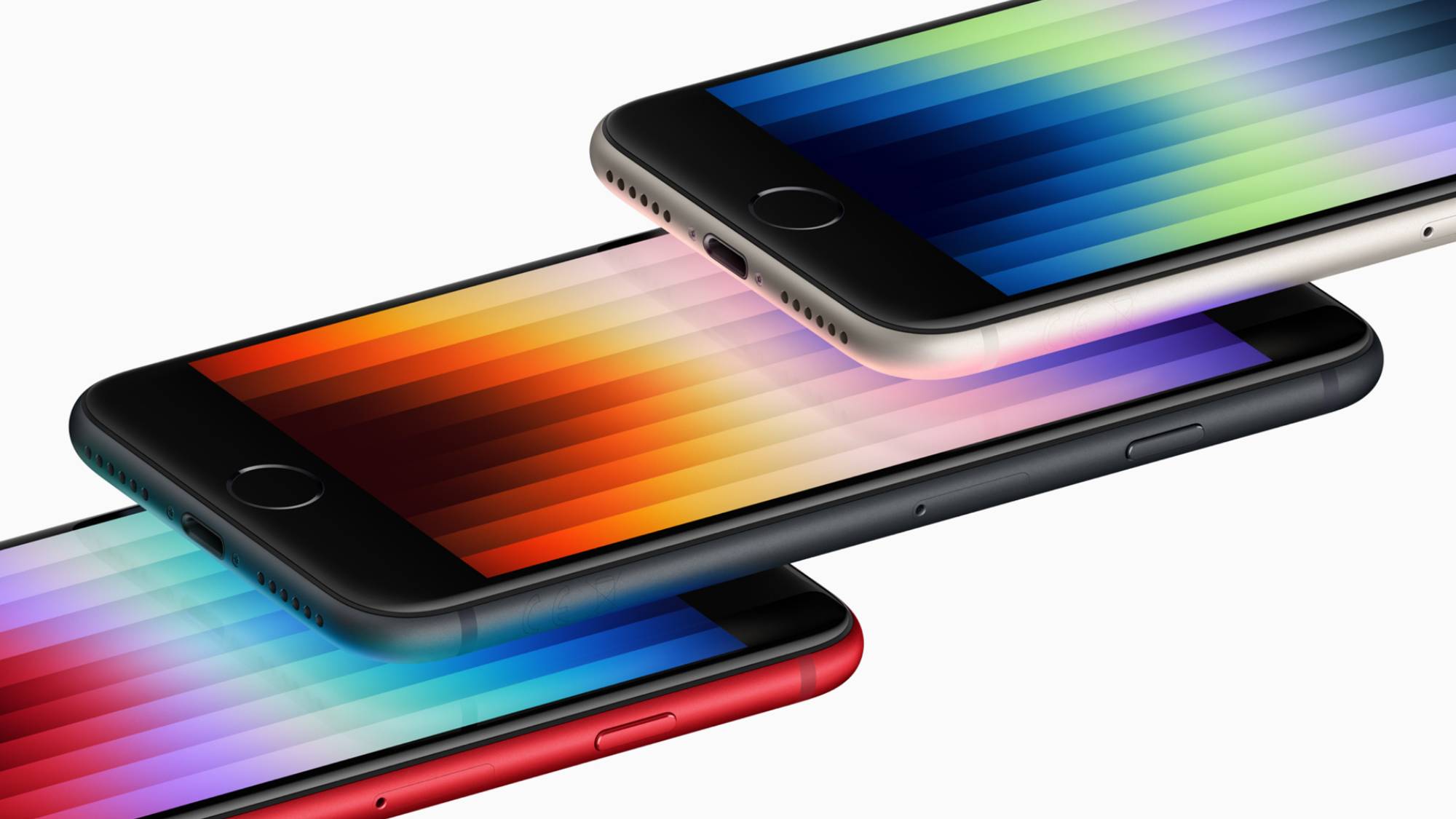
There's no denying that some people appreciate small phones. But the iPhone 13 mini proves you can have a compact design while still having a screen that stretches from one end of the phone to the other, notwithstanding Apple's omnipresent notch. Again, Apple probably wanted to keep a unique look for its flagship phones, but did it have to stick with a design that felt dated when the iPhone 8 debuted five years ago?
If you want a perfectly functional phone, there's nothing wrong with the iPhone SE (2022). But if you want your handset to wow other people, maybe look elsewhere.
Philip Michaels is a Managing Editor at Tom's Guide. He's been covering personal technology since 1999 and was in the building when Steve Jobs showed off the iPhone for the first time. He's been evaluating smartphones since that first iPhone debuted in 2007, and he's been following phone carriers and smartphone plans since 2015. He has strong opinions about Apple, the Oakland Athletics, old movies and proper butchery techniques. Follow him at @PhilipMichaels.

